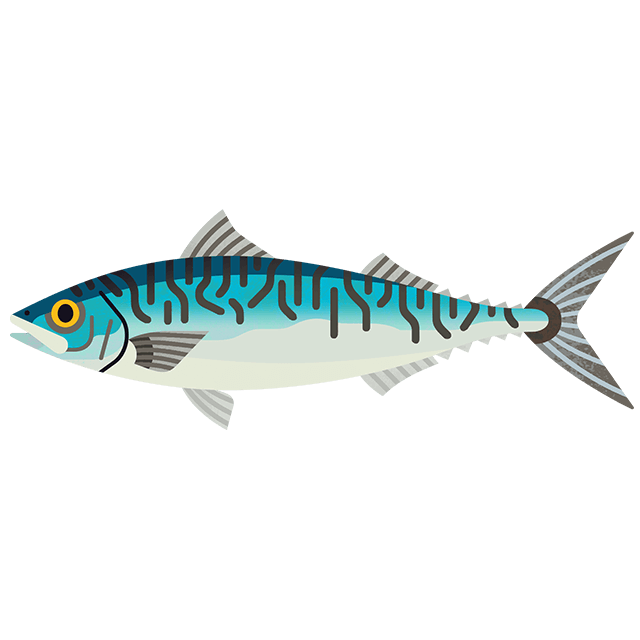
Good Fish Guide ratings update: The importance of data
3 minute read
Our October update to the Good Fish Guide highlights just how important strong data and regulations are for making seafood ocean-friendly.
Our Good Fish Guide is rigorously reviewed and updated with the latest scientific advice twice a year. We focus on a different set of ratings each time, based on when there is new scientific data available. In our October 2022 update we reviewed several fisheries in the UK.
We’ve been calling for better monitoring of UK fishing for several years now and while progress is happening, it’s too slow. While some fisheries are showing the power of data to achieve sustainability goals, others are suffering from a lack of progress.
Monkfish: data winner
There’s more to do though to make sure the methods used to catch monkfish aren’t harming the seabed or catching vulnerable species. Better data about exactly where fishing happens, what seabed habitats are affected, and what other species are caught, is vital.
Gurnard: data losers
There are some attempts at assessing gurnard populations, but scientists don’t know if numbers of grey and yellow gurnard are healthy. With no real limits on how many can be caught, and no regular population assessments, these cannot be described as sustainable fisheries. It means that red and grey gurnard stay amber rated, and yellow gurnard is a Fish to Avoid.
Cockles: data winners
In some areas, regulators have enough data to work out how many cockles need to be left on the seabed to help support seabirds in the area. If there’s going to be enough left after that, fishermen get an allowance too. All of this means cockles from these areas joined our Best Choice list in October.
John Dory: data loser
King scallop: a mixed bag
Scallop fishing happens all around the UK and there are different approaches to controlling these fisheries in each of the UK's four nations. However, most of them are now producing regular stock assessments to check that populations aren’t being overexploited. The notable exception, at the time of writing, is in Scotland, apart from Shetland, where the Shetland Shellfish Management Organisation carries out stock assessments.
Diving is a far more ocean-friendly way to catch these shellfish, as it has no adverse effects on the seabed. Even so, it’s important to make sure scallops aren’t overexploited, and we can’t do that without stock assessments. It’s frustrating to see that even low-impact fishing methods like diving are affected by the lack of data and management.
Most wild-caught scallop ratings around the UK are amber. If you're buying amber-rated scallops, check the capture method and choose dived from Orkney or west Scotland for the more ocean-friendly option. There is one Best Choice source of wild scallops: dive-caught from Lyme Bay, where data shows that stocks are healthy, fishing is well managed, and seabed habitats are protected.
Farmed scallops are also on the Best Choice list, as they don’t need feeding and are harvested using low-impact methods.









